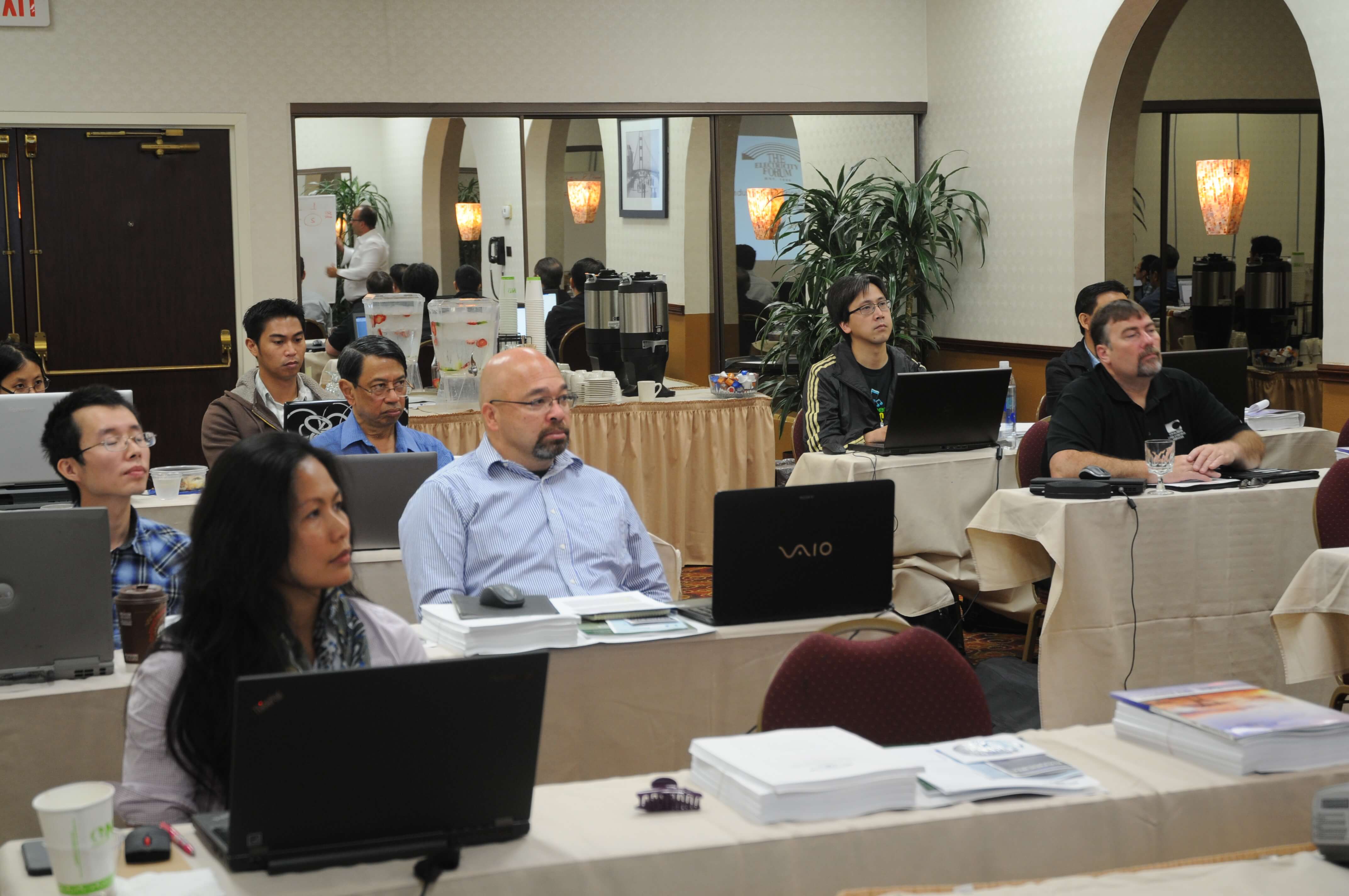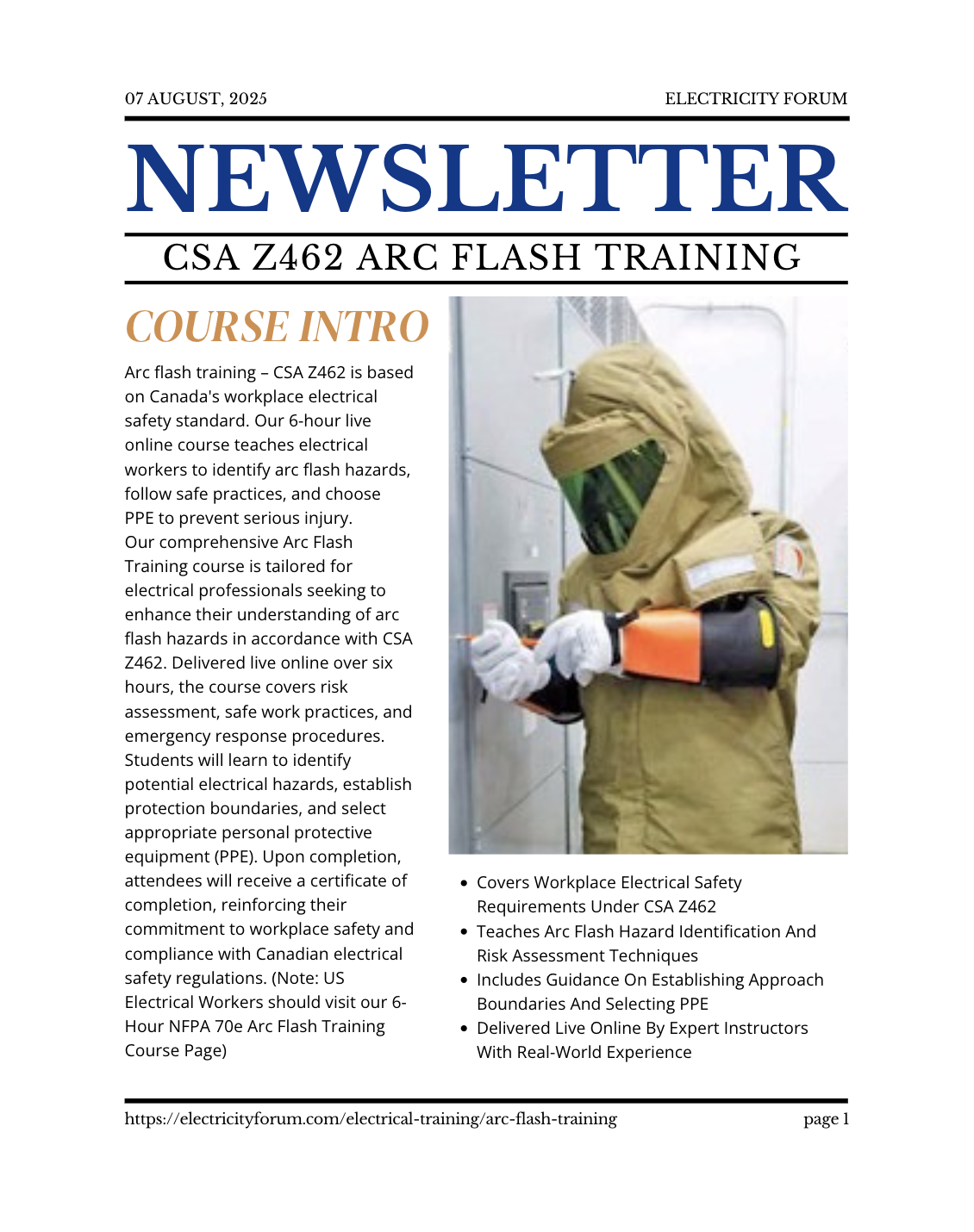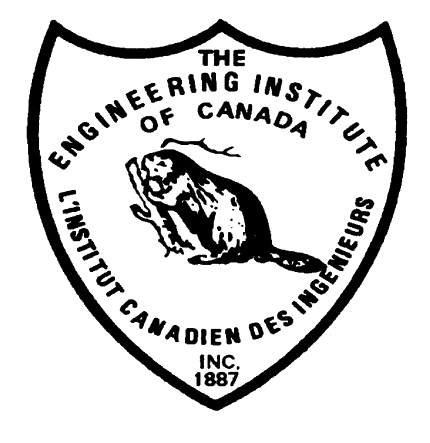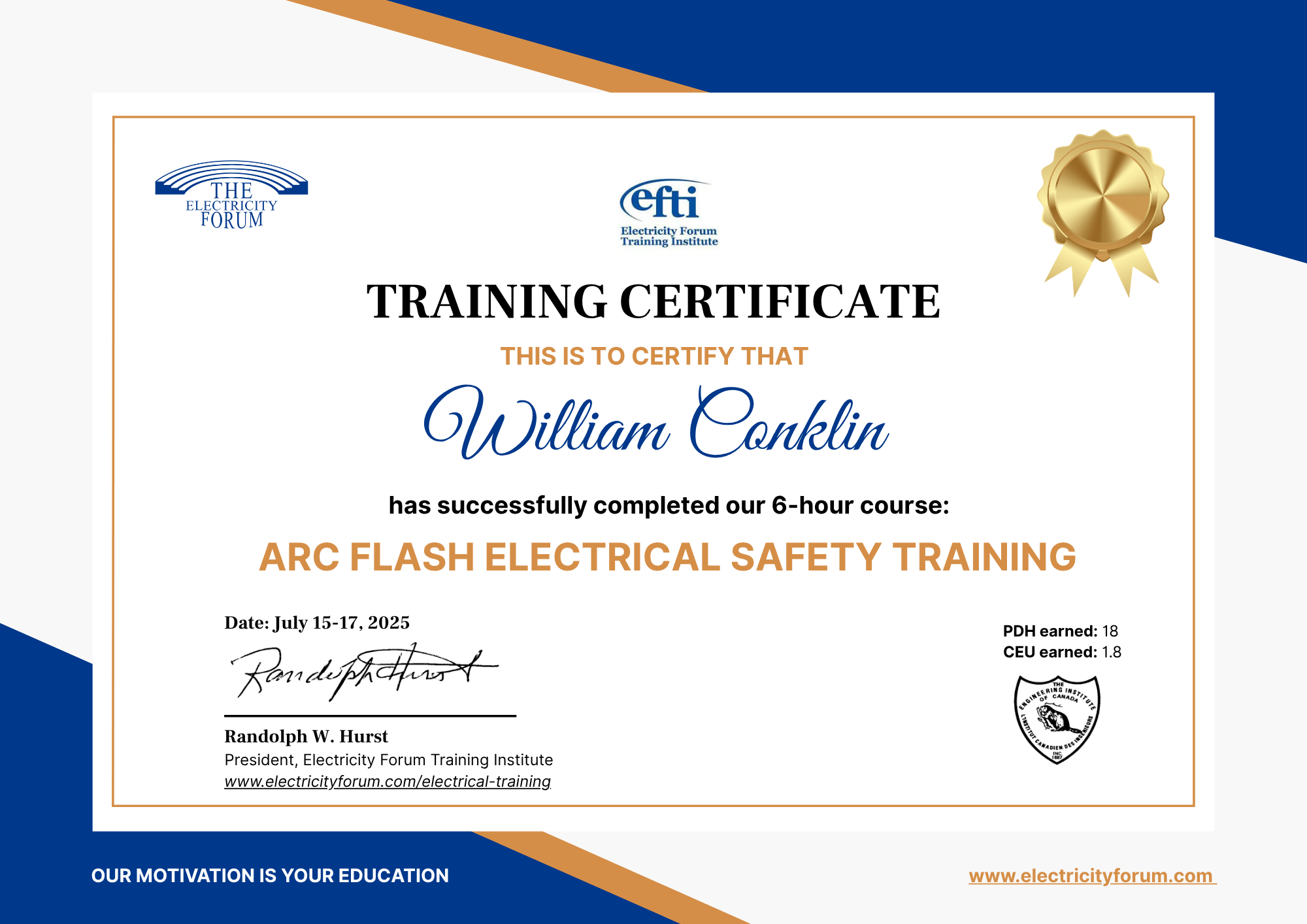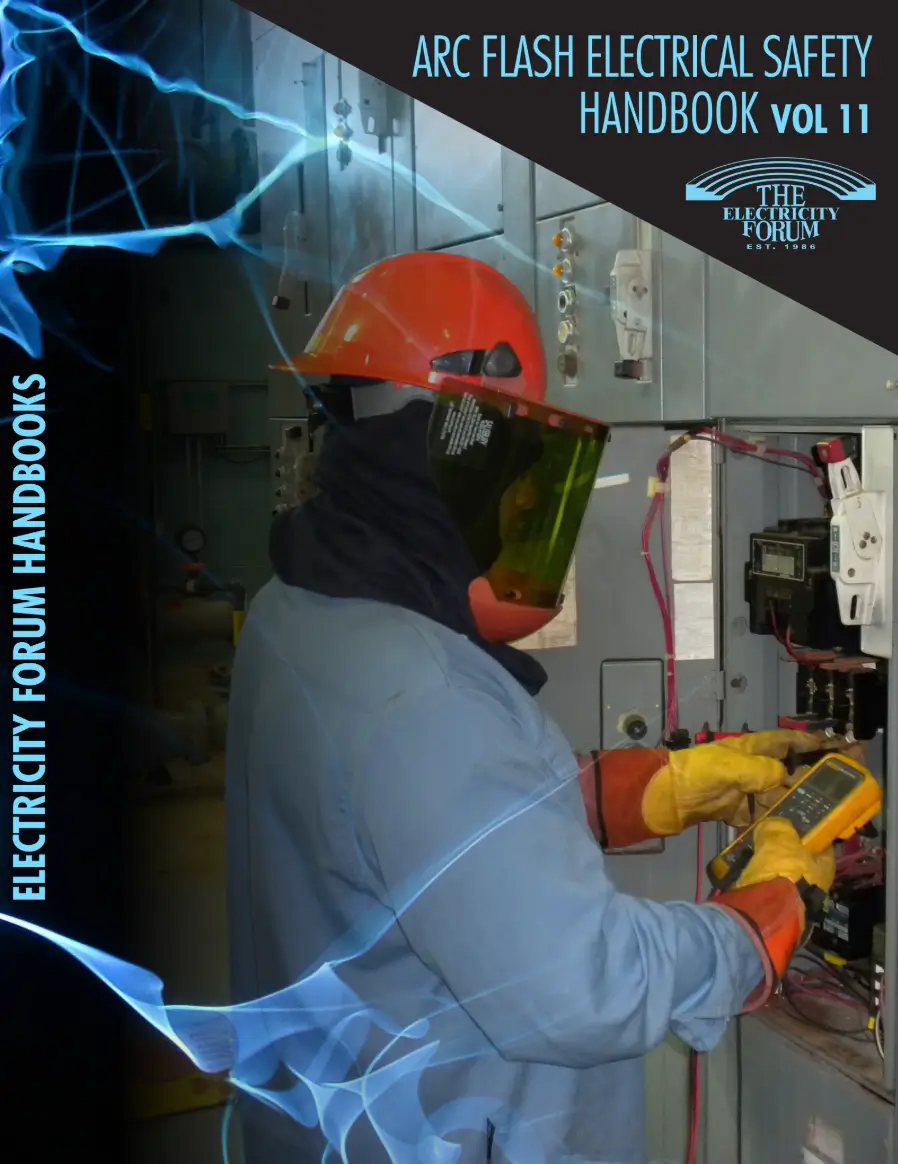NFPA 70B Training Course Outline
DAY ONE
1. Why Establish an Electrical Preventive Maintenance (EPM) Program
Value and Benefits of a Properly Administered EPM Program EPM and Energy Conservation
2. What is a EPM and what are its benefits?
3. Planning and developing a program
-
Survey of Electrical Installations
-
Data Collection
-
Single Line Diagrams and Data
-
Electrical Equipment Installation Change
-
Lighting System Diagrams
-
Ventilation
-
HVAC
-
Control and Monitoring
-
Emergency Procedures
-
Test and Maintenance Equipment
-
Identification of Critical Equipment
-
Establishment of a Systematic Program
-
Inspection Frequency
-
Forms, Planning, Records
4. Personal Safety
-
Qualification, Tools, Equipment, Instruction, Arc Flash, NFPA 70e, PPE
5. Fundamentals of Electrical Equipment Maintenance
- Scheduling, cleaning, environmental concerns, equipment additions and retrofits
6. Substations and Switchgear Assemblies
-
Insulators
-
Conductors
-
Air-Disconnecting Switches
-
Grounding Equipment
-
Enclosures
-
Switchgear Assemblies
-
Air Circuit Breakers
-
Arc Interrupters
-
Oil Circuit Breakers
-
Interrupter Switches
-
Gas-Insulated Substations and Gas-Insulated Equipment
-
Maintenance and Repair of the GIS and GIE
-
Surge Arresters
-
Instrument Transformers and Auxiliary Transformers
-
Protective Relays, Meters, and Instruments
-
Ground-Fault Indicators
-
Network Protectors
7. Power and Distribution Transformers
-
Liquid-Filled Transformers
-
Regular Inspections
-
Current and Voltage Readings
-
Temperature Readings
-
Liquid-Level Indicator and Pressure/Vacuum Gauges
-
Special Inspections and Repairs
-
Liquid Maintenance and Analysis
-
Fault-Gas Analysis
-
Dissolved-Gas-in-Oil Analysis
-
Dry-Type Transformers
-
Regular Inspections
-
Current and Voltage Readings
-
Temperature Readings
8. Power Cables
-
Visual Inspection
-
Aerial Installations
-
Raceway Installations
-
Cable Testing
9. Motor Control Equipment
-
Motor Control Preventive Maintenance Guide
-
Components and Maintenance of Motor Controls
-
Enclosures
-
Bus Bar, Wiring, and Terminal Connections
-
Disconnects
-
Molded Case Breakers
-
Fuses
-
Contactors
-
Motor Overload Relays — Thermal Types
-
Pilot and Miscellaneous Control
-
Devices
-
Mechanical Interlocks
10. Electronic Equipment
DAY TWO
11. Molded-case Circuit Breakers
-
Types of Molded-Case Circuit Breakers
-
Phase-Fault Current Conditions
-
Ground-Fault Tripping
-
Special-Purpose Breakers
-
Inspection and Cleaning
-
Loose Connections
-
Mechanical Mechanism Exercise
12. Ground Fault Protection
- Personal and Equipment Protection
13. Fuses
-
Fuses Rated 1000 Volts or Less
-
Fuses Rated over 1000 Volts
-
Installing and Removing Fuses
-
Inspection, Cleaning and Servicing
-
Replacement
14. Rotating Equipment
-
Maintenance, cleaning, Testing
-
Stator and Rotor Windings
-
Brushes, Collector Rings, and Commutators
-
Bearings and Lubrication
15. Lighting
16. Wiring Devices and Portable Tools
-
Heavy-Duty Industrial-Type Plugs
-
Cord Connectors and Receptacles
-
Periodic Inspection of Crucial Wear Points
-
Employee Training
-
Cord and Attachment Plug Care
17. Testing and Test Methods
-
Acceptance Tests and Maintenance Tests
-
Frequency of Tests
-
Special Precautions and Safety
-
Qualifications of Test Operators
-
Insulation Testing
-
Dielectric Absorption
-
Protective Device Testing
-
Circuit Breaker Tests
-
Transformer Turns-Ratio and Polarity Tests
-
Impedance Testing of Equipment Grounding Conductor
-
Infrared Inspection
-
Meggaring, Continuity, Hi-Pot testing of equipment
18 Uninterruptible Power Supply (UPS) Systems
-
UPS System Maintenance Procedures — General
-
System Tests, Routine Maintenance, Special Tests
19. Power Quality
-
Harmonics
-
Transients (Surges)
-
Voltage Sags and Swells
-
Long-Duration Undervoltages and
-
Sustained Voltage Interruptions
-
Unbalanced Voltages and Single Phasing
-
Symptoms — Grounding
-
Voltage Fluctuations and Flicker
20. Grounding
-
Symptoms and Causes of Inadequate Grounding
-
Grounding System Inspection, Testing, and Monitoring
-
Solutions to Inadequate Grounding
21. Supervisory Control and Data Acquisition (SCADA)
22. EPM from Commissioning (Acceptance Testing) Through Maintenance
-
Commissioning Planning Stages
-
Submit Functional Performance Tests (FPTs)
-
Costs of Commissioning, New Construction
-
Suggestions for Inclusion in a Walk-Through Inspection Checklist
23. Single line Diagrams and Symbols
24. Forms to Document all Tests and Inspections
-
Battery inspections
-
Breaker Inspections
-
Test Results
-
Transformer tests, inspections,
-
Ground System Tests
-
Long-Term Maintenance Guidelines
COURSE SCHEDULE
Both Days:






